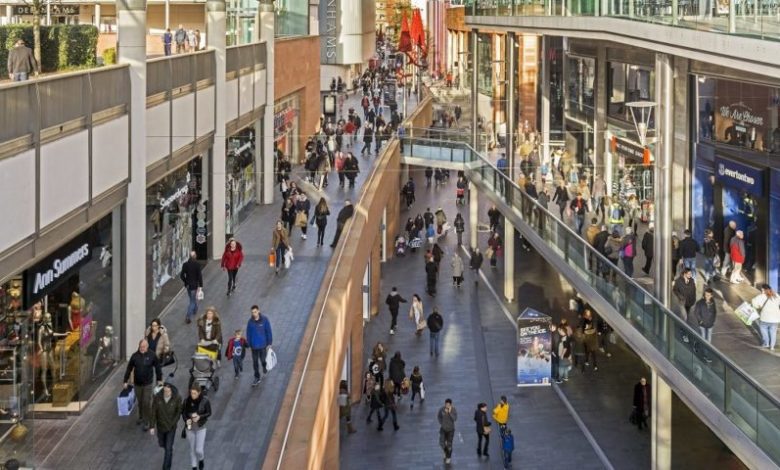UK retail footfall rebounds with high streets leading the way
Compared to 2024 levels, high street footfall remained flat whereas shopping centres and retail parks saw footfall decline by 0.9% and 4.3%, respectively

Register to get 1 free article
Reveal the article below by registering for our email newsletter.
Want unlimited access? View Plans
Already have an account? Sign in
Retail footfall rose by 1.8% overall for the week ended 7 March 2025 compared with the week before, driven by a 4.2% rebound in high street activity and by 0.1% in retail parks.
However, shopping centres saw a 1.6% decline in footfall, reflecting cautious consumer behaviour ahead of Mother’s Day and Easter, which fall two weeks later this year than in 2024.
Footfall rose on four out of seven days last week peaking on Sunday and Wednesday in all UK retail destinations, however the drop in activity came on Friday which was far more significant in shopping centres.
Week on week, Sunday and Wednesday saw footfall rise 18% and 8.3%, respectively, in all UK retail destinations but driven predominantly by high streets experiencing strong rises of 23.3% on Sunday and 11.5% on Wednesday.
High streets benefitted from the warmer weather on Saturday with a rise in footfall recorded however retail parks and shopping centres saw a drop in activity on this day compared with the week before.
All town types seemingly benefitted from the milder weather conditions with footfall rising from the week before, especially in coastal towns and Greater London where double digit rises were recorded from the week before.
Market and historic towns also witnessed strong activity, alongside MRI Software’s Central London Back to Office benchmark.
Apart from the West Midlands, regional footfall in all UK retail destinations remained strong particularly in the East of England and the South West.
Compared with 2024 levels, high street footfall remained flat whereas shopping centres and retail parks saw footfall decline by 0.9% and 4.3%, respectively.
With seasonal shifts in major events that typically drive retail footfall, including Mother’s Day and Easter moving to later in March and into April, these annual fluctuations are expected to level out over time.







